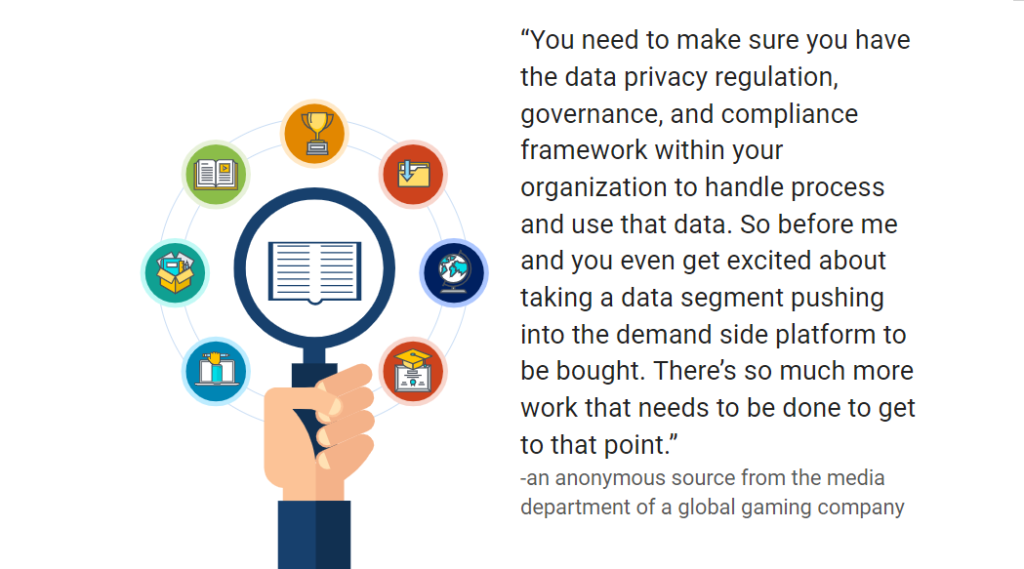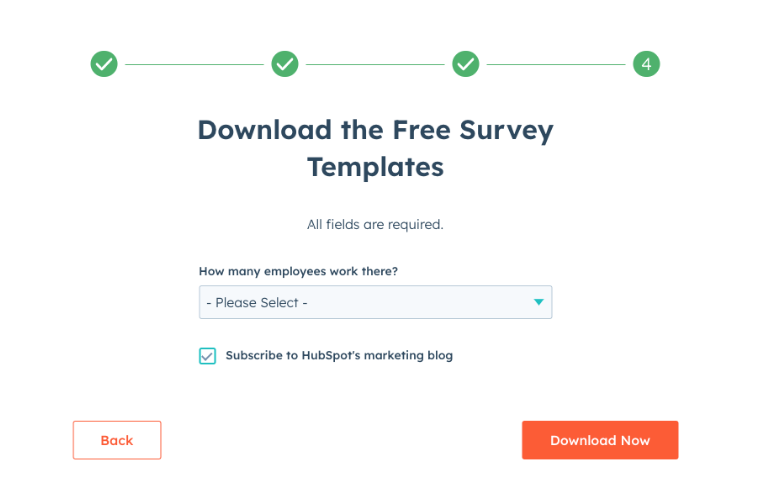Updated March 4, 2025
Reading Time: 6 minutes
Ubiquitous Cookies & Behavior Tracking
Google is altering the landscape for web marketing and advertising by making significant changes to how marketers use cookies to track customer behavior, browsing history, and even buying habits. They announced in March that it would phase out third-party cookies on its Chrome browser by late 2023.
The move is believed to be driven by a backlash against tech companies regarding privacy concerns in the U.S. and Europe for tracking individuals on the web, using this information for advertising and marketing purposes. This is also seen in marketing trends as budgets are being allocated towards more robust privacy strategies as we enter 2023.
Distinction Between First & Third Party Cookies
There is an essential distinction between first and third-party cookies.
A first-party cookie is a code generated and stored on a website visitor’s computer by default when a person visits their site. The cookie is often used to enhance the user experience, recording passwords, basic data about the visitor, and other user preferences.
First-Party Data Includes:
- Demographics
- Visitor behavior
- Purchase history & subscription-based data
- Surveys & customer Feedback
- Data in a CRM
Third-party cookies are set by a site other than the one being visited. They use targeting pixels or similar techniques to track users. Tracking produces information about online consumer behavior and allows marketers and advertisers to track website traffic and direct ads to users based on their profiles.
Third-Party Data examples would be:
- Website and app interactions outside of your website
- External sources like government, non-profit organizations, & previous customers of competing retailers
- Data collected from anyone willing to fill a form
So far, Google says the phase-out applies only to third-party cookies on its browsers. First-party cookies that track basic data about website visitors will remain unchanged.
In his March blog entry, Temkin underscored Google’s support for first-party relationships.

Balancing Personal Privacy & Data Collection
72 percent of web users believe almost all their online activity is being tracked by advertisers, tech firms, or other companies, according to the Pew Research Center. Eighty-one percent believe the potential risks they face because of data collection outweigh the benefits.
Google said it would “not be building alternate identifiers to track individuals as they browse across the web, nor will we use them in our products,” wrote David Temkin, director of product management, Ads Privacy, and Trust for Google, on a company blog.
How Marketers Will Respond
Marketers understand that collecting first-party data is not impossible, but doing it at scale is a challenge.

There are indeed many businesses (big and small) with compliance concerns, and most are still struggling to figure out the best way to scale their efforts with their current assets.
The phasing out of third-party cookies is not the end of data collection. Embracing data collected through first-party cookies means you are in the driver’s seat to build accurate buyer intelligence, customer trust, and loyalty.
Ideas for Collecting First-Party Data
1. Web forms
Web forms are your go-to for building customer profiles. Typically, you can ask for their name, phone number, and other demographics. Remember that the data you are asking for should be in-line with the nature of your business. For example, it might be helpful in a psychological services site to ask for the age and gender on their forms. It would not be appropriate for a consultation form for a Biotechnology site. Gaining trust should be at the top of your list. Additionally, the shorter and simpler the form, the more likely it will be completed.
Although web platforms like WordPress have templated web forms, ensure you set them up correctly. As marketers, accurate tracking is a top priority. Otherwise, valuable data is lost.
2. Newsletters & eBooks
Newsletters & eBooks are an excellent way to engage your visitors. However, if the content isn’t targeted (and useful) to your audience’s needs, readers will either ignore it or unsubscribe from your list.
A newsletter subscription form can be easily added to a sidebar, as a pull quote blurb, in the footer, or via a pop-up. We recommend testing variates to determine what works best for your website. Survey your subscribers for feedback to help you inform your variate testing plan.
eBook downloads/form fills may not always reflect your target audience. However, having valuable content can build brand trust and awareness. In the following example, Hubspot uses progressive profiling in its form, aiding audience aiding audience segmentation.

3. Google, LinkedIn & Facebook sign-in
If you get permission from users to access their profiles to log in, the data comes from a first-party source. This also speeds up the signing-in process. In turn, you’ll get access to data that they agree to share, like their social URL, name, interests, and geolocation.
4. Google Analytics
Google Analytics collects first-party data through event tracking. You can see the user journey through different interactions on your site. For example, an event tracks behaviors such as how far they scroll down the page (scroll depth) or what page has the most exits.
There are many analytics tools available, depending on what you need. For instance, Hotjar — a heat mapping and visitor recording app — helps you see where people click on a page. This behavior feedback can help you determine if a CTA is not visible or if your UI is confusing.
5. Surveys & Feedback Forms
Google Forms can be embedded on a page. Or, you can use a plugin to generate a pop-up question. Just be careful not to bombard visitors with multiple questions that could detract from (or even disrupt) their experience. A rule of thumb for surveys and forms: the shorter it is, the better results you’ll achieve.
Lastly, make your forms easy to use by adding options instead of a free-response survey. An emoji scale to rate an experience is a fun and fast way to gain feedback. Be creative in how you present questions, especially on those requesting how things can be improved.
What does this mean for the future?
Google’s Chrome browser is the leading internet browser. It has a global market share of 65+%. Therefore, marketers can’t afford not to listen to Google’s recommendations for brands. They recommend focusing on these four priority areas:
- Build direct relationships with customers – Google thinks companies should rely less on third parties to get closer to their customers.
- Keep data connected and clean – Companies must ensure that first-party data is cleaned up, maintained, and connected within internal systems. This will help avoid any operational hiccups as third-party data is phased out.
- Consider Google’s global tag site for more effective measurement – Google says adding this tag to each page of a website is a simple way to improve the accuracy of online conversion measurements and provide insights to help optimize digital marketing campaigns.
- Think of the long term – More than 70 percent of organizations that invested in privacy protections for their customers reported increased loyalty, reduced sales delays, and more efficient operations, according to a survey conducted by Cisco.
The ability to track customers is a linchpin in digital marketing and is expected to continue into the foreseeable future. Companies must adapt, responding to new methods, marketplace practices, and, most importantly, user behaviors and expectations.
FAQs on First-Party Data
First-party is beneficial for marketers because it comes directly from their users who gave explicit consent. Using first-party data means that businesses must rely on trust with their visitors. Other benefits include: more accurate reflection of your audience, privacy transparency, and no fees from third-party services.
First-party cookies store your data in one website to improve your experience (e.g., not needing to log in every time you visit). An easy example is when a visitor registers for an account with a password. When they return to the site, they log in, and the website uses their registration information to customize the experience. Data collected from tracking your activity across websites and the internet would fall under third-party cookies.
Since second-party data is collected from an audience of a trusted brand, Facebook can be, but it’s not exclusively a second-party data source. An example would be Facebook ads. It involves collecting first-party data from Facebook that helps marketers configure campaigns toward a target audience.
Data collected on Google Analytics is considered first-party data. These were collected directly from visitors to your website and presented in percentages and graphs.

 How To Build a Website for Less Than $200
How To Build a Website for Less Than $200